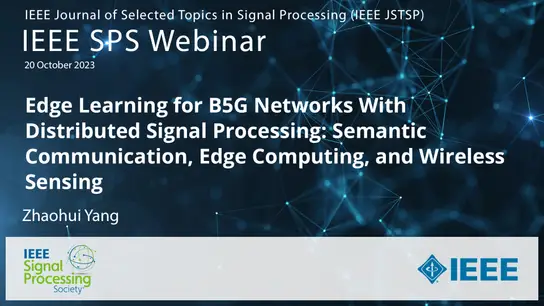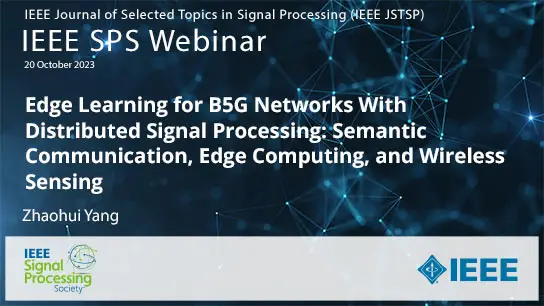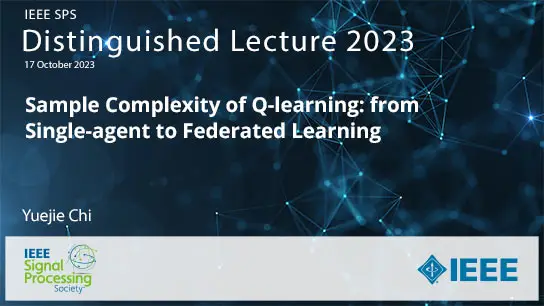Towards Real-Time Single-Channel Speech Separation in Noisy and Reverberant Environments
Julian Neri (McGill University); Sebastian Braun (Microsoft)
-
Members: FreeSPS
IEEE Members: $11.00
Non-members: $15.00
06 Jun 2023
Real-time single-channel speech separation aims to unmix an audio stream captured from a single microphone that contains multiple people talking at once, environmental noise, and reverberation into multiple de-reverberated and noise-free speech tracks, each track containing only one talker. While large state-of-the-art DNNs can achieve excellent separation from anechoic mixtures of speech, the main challenge is to create compact and causal models that can separate reverberant mixtures at inference time. In this paper, we explore low-complexity, resource-efficient, causal DNN architectures for real-time separation of two or more simultaneous speakers. A cascade of three neural network modules are trained to sequentially perform noise-suppression, separation, and de-reverberation. For comparison, a larger end-to-end model is trained to output two anechoic speech signals directly from noisy reverberant speech mixtures. We propose an efficient single-decoder architecture with “subtractive” separation for real-time recursive speech separation for two or more speakers. Evaluation on real monophonic recordings of speech mixtures, according to speech separation and perceptual measures like SI-SDR, a novel proposed channel separation metric, and DNS-MOS, show that these compact causal models can separate speech mixtures with low latency, and perform on par with large offline state-of-the-art models like SepFormer.



